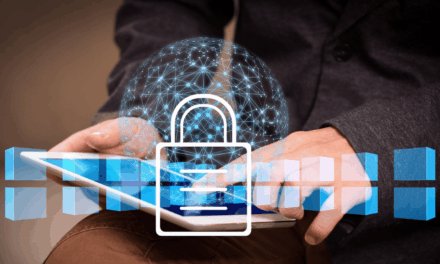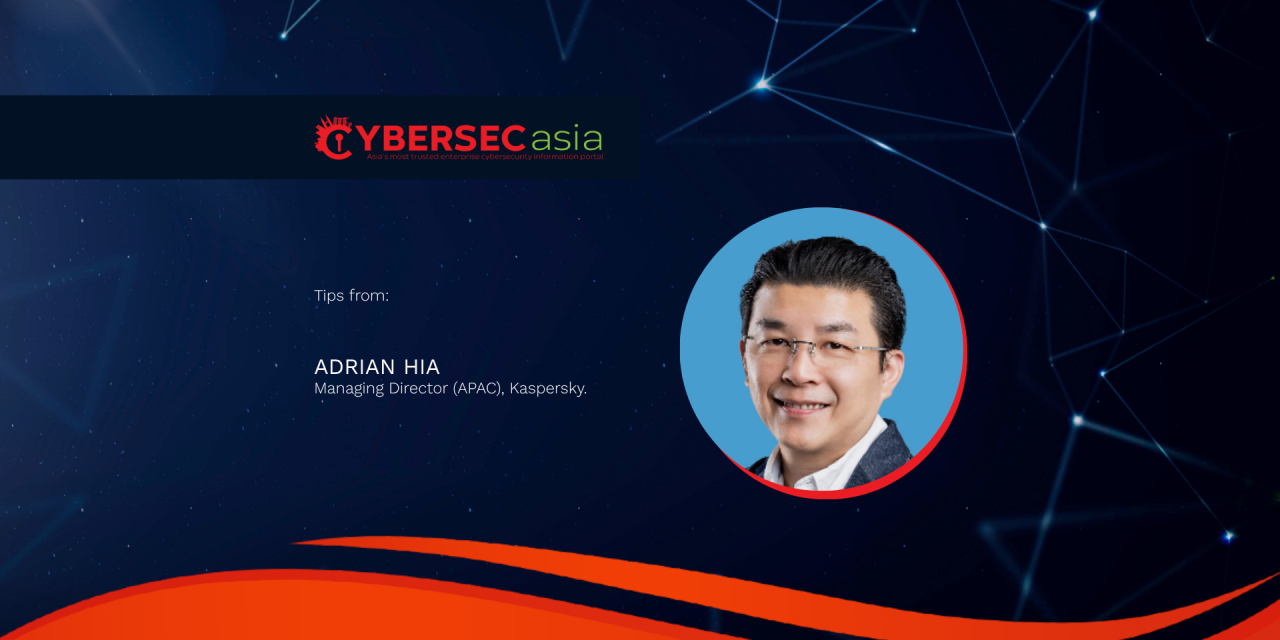Amid intensifying AI-boosted threats, industrial enterprises can review the following checklists to strengthen cybersecurity, ensure business continuity, and maintain cyber resilience.
In an era where cyber threats are ever-evolving, industrial enterprises need to prioritize cyber resilience to safeguard their operational technology (OT), data and reputation.
They need to develop a culture in which cyber resilience is prioritized in key decisions made at the top. True security requires more than just a capable cybersecurity team. Leaders should actively engage with cybersecurity strategies, recognizing that it is a core business function just as vital as legal and financial issues.
One of the most critical aspects of cyber resilience is maintaining business continuity. The effects of a cyberattack can be felt far and wide such as power outages, safety incidents and environmental emergencies. However, organizations that prioritize cyber resilience can quickly recover from incidents, minimizing downtime and ensuring essential functions remain operational. How?
Tips for boosting industrial cyber resilience
Proactive business continuity planning is key, as it enables companies to prepare for potential cyber threats and ensure that disruptions do not lead to prolonged or catastrophic consequences, according to Adrian Hia, Managing Director (APAC), Kaspersky.
Following are eight steps for boosting industrial cybersecurity and resilience, offered by Hia and his analysts:
- Inventory: Asset management
You cannot protect any part of your infrastructure you are not aware of. So, begin by building or updating your organization’s asset inventory. Account for systems, software, hardware, network segments, conduits, communication paths and devices to understand what must be secured. This comprehensive inventory process ensures all valuable assets are secured. - Assess: Detailed risk assessment
Conduct the assessment to understand the current risk levels within your organization, considering potential threat vectors and existing or planned countermeasures. This assessment helps prioritize investments and prevent potentially catastrophic disruptions. - Secure: Essential security measures
Implement essential security measures, such as endpoint protection, to safeguard operations. This involves creating security baselines aimed at maintaining and protecting operational technology system integrity while detecting, blocking and remediating cyber threats. - Detect: Threat and anomaly detection
Implement threat and anomaly detection to identify threats early ,and understand how attacks develop. This will enable quicker responses to avoid disruption, and continually strengthen your organization’s security posture. - Audit: Security audits and compliance
Conduct regular security audits and focus on compliance to build a realistic picture of your organizational cybersecurity. These systematic evaluations ensure alignment with criteria and benchmarks, improving adherence to best practices and resulting in robust systems. - Enhance: Zones and conduits
Enhance network architecture by organizing and protecting it through zones and conduits. Zones group networks, devices and services based on function and criticality, while conduits represent communication paths that unite zones or connect them to external networks. - Monitor: Mature security operations
Develop a mature Security Operations Center with proactive and contextual analysis capabilities to manage complex attacks. Continually evolve this capability with threat intelligence and incident response features to swiftly investigate, contain and mitigate threats. - Prepare: Fault tolerance and readiness
Guarantee fault tolerance by stress-testing your infrastructure through exercises that simulate large-scale cyberattacks. This preparation ensures that your industrial control systems can withstand and recover from cyber incidents without compromising operational continuity. People are an organization’s greatest asset, but they also a point of potential vulnerability. Relevant personnel should be trained on a regular basis.
Additional considerations
Other cybersecurity experts also remind organizations of the following key risks and mitigation measures:
| Element to be addressed | Criticality |
| Supply Chain & Third-Party Risk | Attacks can enter via vendors or partners; so prioritize, manage and monitor third-party access tightly. |
| Secure-by-Design principle | Embedding security from the start reduces vulnerabilities in new systems |
| Physical security integration | Physical breaches can enable cyberattacks; coordinate physical and digital controls |
| Password and credential management | Weak or default credentials are common attack vectors; enforce strong policies |
| Remote access security | Remote connections increase risk; use VPNs, MFA, and restrict access |
| Backup / recovery planning | Regular, secure backups and tested recovery procedures ensure business continuity |
| Insider threat and privilege Control | Employees can inadvertently or deliberately cause harm; apply least-privilege and monitor access |
| Patch- and vulnerability- management | Unpatched systems are vulnerable: schedule regular updates and vulnerability scans |
| Cybersecurity governance | Clear roles, accountability, and oversight ensure sustained security improvements |
| ICS-specific monitoring | Use tools tailored for industrial systems to detect process anomalies and threats |
Implementing the basic and advanced steps outlined above can protect industrial organizations that have been lagging on the journey towards building a robust cybersecurity posture. The achieved boost in cyber resilience, however, should be maintained regularly. This is not an end-result, but rather, a continual process.

















